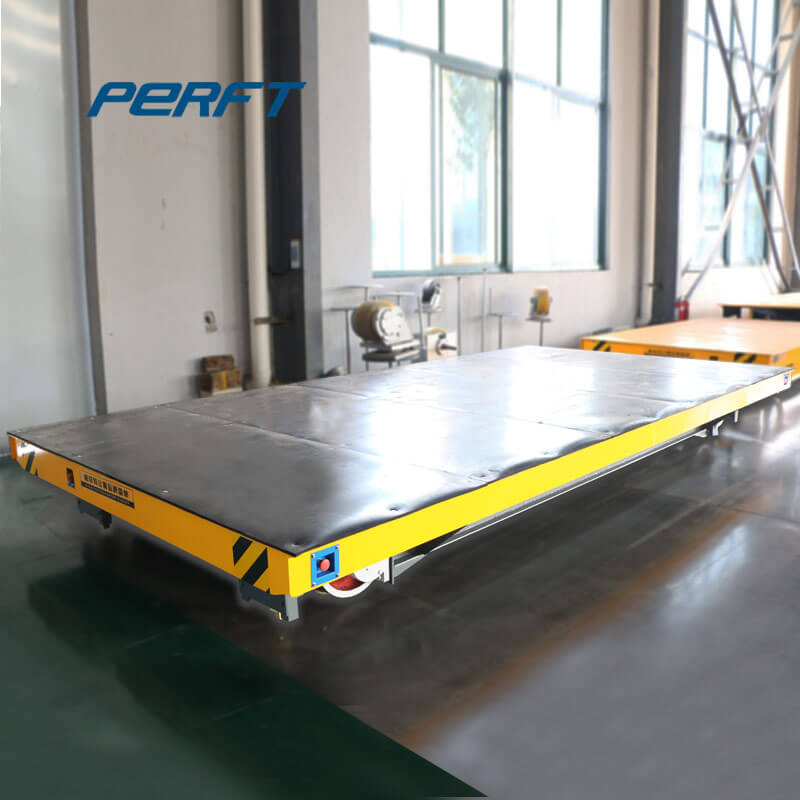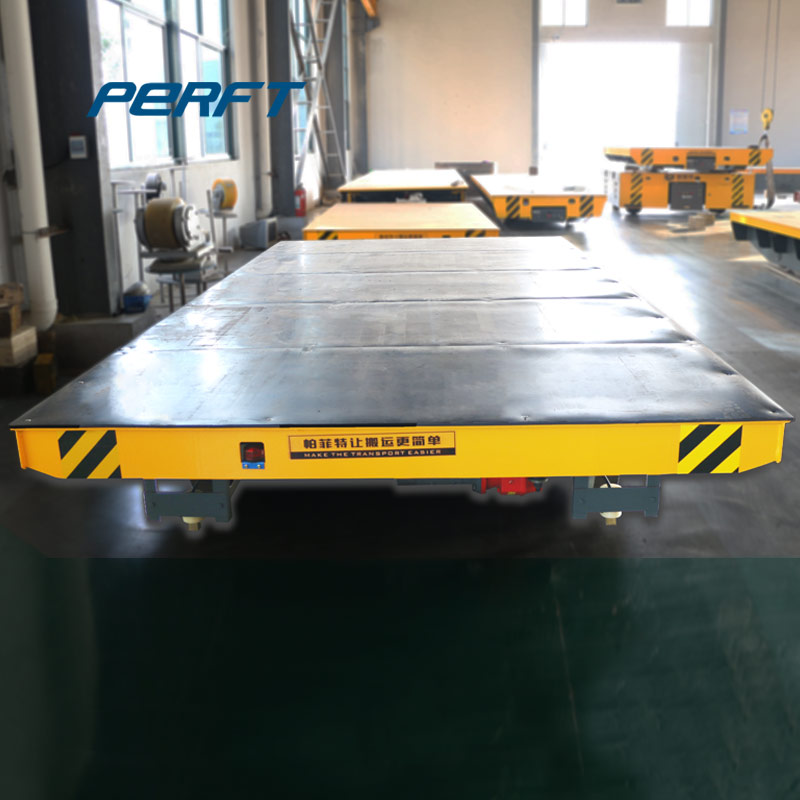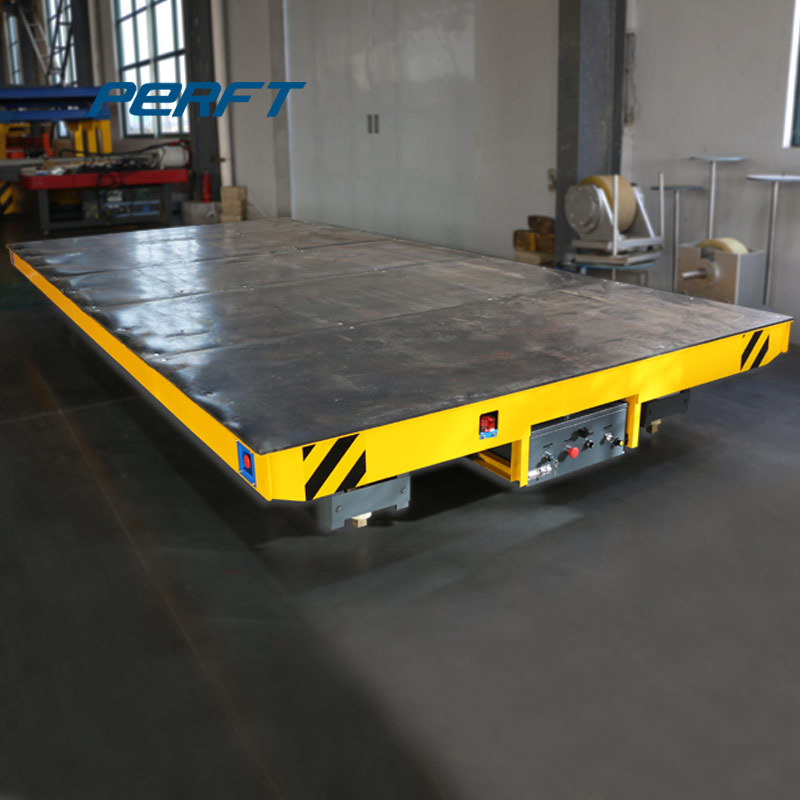


.jpg)
.jpg)
.jpg)
.jpg)
.jpg)
.jpg)
.jpg)
.jpg)
.jpg)
.jpg)
.jpg)
.jpg)
.jpg)
.jpg)
.jpg)
.jpg)
.jpg)
.jpg)
.jpg)
.jpg)
.jpg)
.jpg)
.jpg)
.jpg)
.jpg)
.jpg)
.jpg)
.jpg)
.jpg)
.jpg)
.jpg)
.jpg)
.jpg)
.jpg)
.jpg)
.jpg)
.jpg)
.jpg)
.jpg)
.jpg)
.jpg)
.jpg)
.jpg)
.jpg)
.jpg)
.jpg)
.jpg)
.jpg)
.jpg)
.jpg)
.jpg)
.jpg)
.jpg)
.jpg)
.jpg)
.jpg)
.jpg)
.jpg)
.jpg)
.jpg)
.jpg)
.jpg)
.jpg)
.jpg)
.jpg)
.jpg)
.jpg)
.jpg)
.jpg)
.jpg)
.jpg)
.jpg)
.jpg)
.jpg)
.jpg)
.jpg)
.jpg)
.jpg)
.jpg)
.jpg)
.jpg)
.jpg)
.jpg)
.jpg)
.jpg)
.jpg)
.jpg)
.jpg)
.jpg)
.jpg)
.jpg)
.jpg)
.jpg)
.jpg)
.jpg)
.jpg)
.jpg)
.jpg)
.jpg)
.jpg)
Rail transfer cart is an efficient material transporting cart powered by the rails, and the rails need to be insulated. We manufacture transfer carts with capacities ranging from 2 tons to over 150 tons, commonly used in machine shops, warehouses, metallurgical plants to move heavy loads throughout the facility or between crane bays.
In rail transport, the U.S. DOT-111 tank car, also known as the TC-111 in Canada, is a type of unpressurized general service tank car in common use in North America. Tank cars built to this specification must be circular in cross section, with elliptical, formed heads set convex outward.
The first cars had a capacity of 80 tons, but the typical capacity of a 6-axle car is 125-150 tons. Standard hot metal cars have also built with four 4-axle trucks (200-250 tons) and four 6-axle trucks (300 tons). A few 150-ton cars were built with 10 axles instead of eight, having two 4-wheel and two 6-wheel trucks, to provide a lower axle load.
Sep 15, 2016 · Industry shall furnish plans detailing track and roadbed design, drainage facilities, tipple details, building and loading dock sections, wire and pipeline crossings, car puller details, under track unloading pits, vehicle crossings (at grade or grade separations, public and private), etc., for design and clearance approval by CSXT.
With load capacities that range from 5 Ton to 300 Ton, our Industrial Transfer Cars are equipped with single and double flange steel wheels, in 12" to 30" diameters. Our wheels are machined to "press-fit" tolerances mounted on either stub or thru axles. Each axle assembly is mounted to the frame of the vehicle using pillow block or "AP" bearing
goods that enter this yard by rail are distributed to truck; unit trains take out the remaining 10%. In most instances, goods are transferred from rail to truck, but transfer from truck to rail is also possible. The main commodities handled at this location include liquid petroleum, corn syrup, and chemical – acids.
We ask that should any piece of equipment be inadequate or in need of repair, report this equipment to our car management personnel at 888-428-2673. Cars may be reported as clean and damage-free upon release with the use of Certified Clean section of the Switch and Release program on BNSF. Through cooperation we will always have the best
A wholly-owned subsidiary of the Association of American Railroads (www.aar.org) that maintains rail industry databases, applications, and services that are embedded into critical computer systems of the North American railroad industry. Includes featured products and services, corporate information, and a news and events area.
Here are just four of the specialized rail cars that deliver for America’s construction industry: 1. Centerbeams. A bulkhead flatcar reinforced by a longitudinal I-beam. In 2020, railroads moved 1.1 million carloads of lumber, paper and other forest products in three different car types — centerbeams, boxcars and bulkhead flatcars.
Oct 13, 2020 · Using a bike instead of a car for short trips would reduce your travel emissions by ~75%. Taking a train instead of a car for medium-length distances would cut your emissions by ~80%. Using a train instead of a domestic flight would reduce your emissions by ~84%.
Rail car means a car designed to carry freight or non-passenger personnel by rail, and includes a box car, flat car, gondola car, hopper car, tank car, and occupied caboose. Railroad means a person engaged in transportation by rail. Receptacle means a containment vessel for receiving and holding materials, including any means of closing.
SLIDE 4 ASSOCIATION OF AMERICAN RAILROADS Coal $14.7 bil., 727 mil. tons Intermodal* $14.6 bil., 135 mil. tons Petrol. & Chemicals $12.7 bil.,
The Duluth, Missabe and Iron Range Railway (DM&IR) was a Minnesota institution that played a vital role in our country's steel production. While several Midwestern carriers moved iron ore in some capacity only the Missabe Road did so on a grand scale along a condensed network of just a few hundred miles.
The road unit becomes a rail car, and vice-versa. While handling technology has influenced the development of intermodalism, another important factor has been changes in public policy. Deregulation in the United States in the early 1980s liberated firms from government control, a policy that was tend adopted in many transport markets across the
Railprime is the newest source of information for the freight-rail industry. This subscription focuses on what's changing and what isn't in the freight-rail realm, featuring quick hits, in-depth